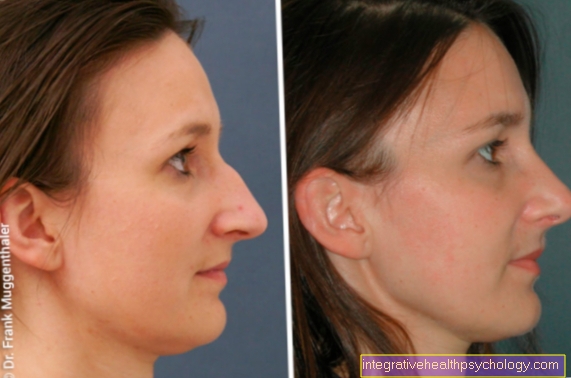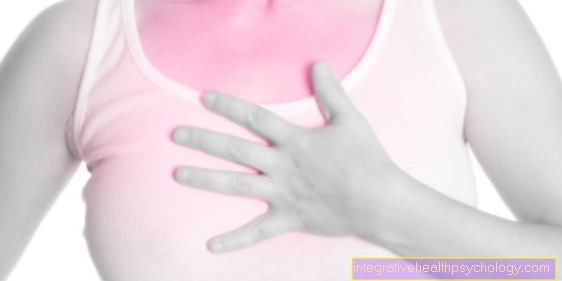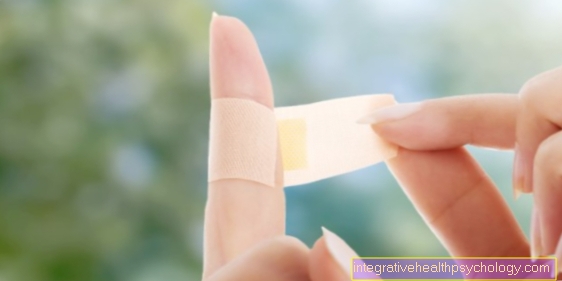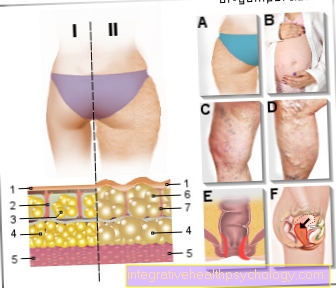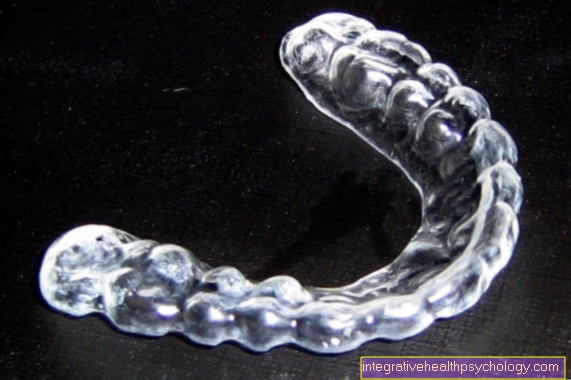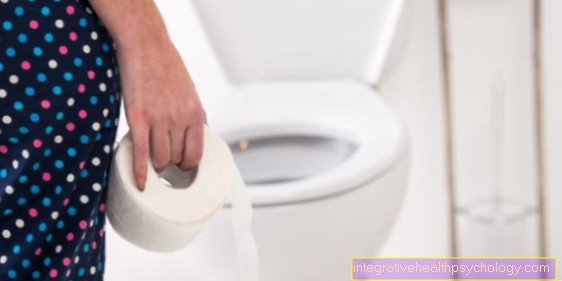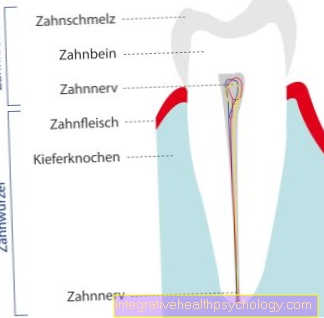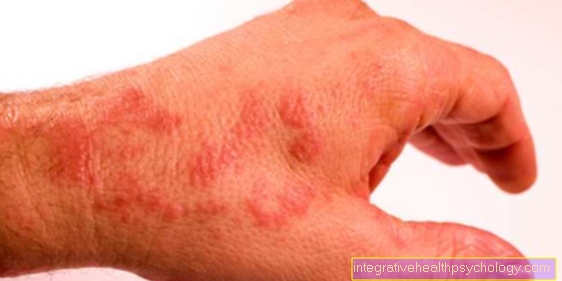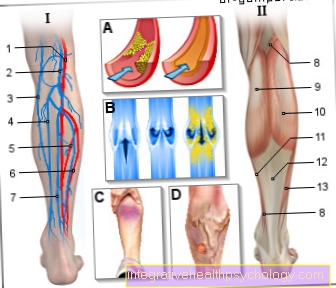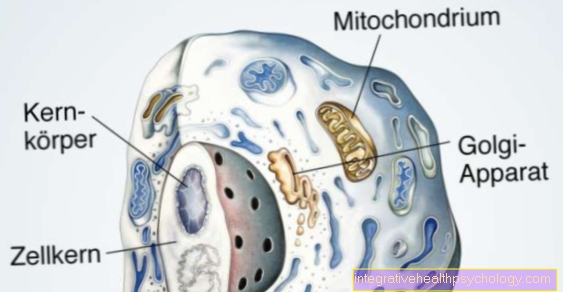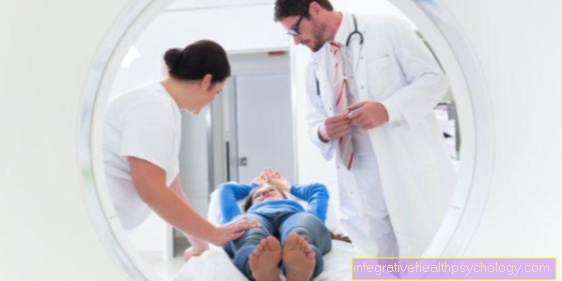Erythrocytes
introduction
The erythrocytes (Red blood cells) are flat, coreless disks with a size of about 8 micrometers and are main representatives in the blood of vertebrates.
Their biconcave shape (wider at the edges than in the middle) and size enables optimal flow properties in narrow capillaries. Inside the indented center is the red blood pigment hemoglobin. The total surface of all erythrocytes in the human body corresponds approximately to that of a soccer field. The erythrocytes consist of 60% water and 40% protein. The protein content consists of 32% hemoglobin. (Globin and hemochromogen, to which oxygen can be loosely attached) The lifespan of the erythrocytes is approx. 4 months.

Erythrocyte values
There are around 5 million erythrocytes in one cubic centimeter (cm3). This corresponds to around 4.5 - 6 billion per ml for men and approx. 4 5.5 billion per milliliter for women. The total number of erythrocytes present in the blood is approximately 25 to 30 trillion. The lifespan is approx. 120 days, the new production is approx. 1% per day. The development time is about 7 days.
see also: Erythrocyte parameters
Dismantling
The Erythrocytes will be in liver and spleen but also other tissues (see at one bruise) reduced. A lack of hemoglobin, regardless of the lack of erythrocytes, leads to a reduction in the oxygen transport capacity and is known as anemia.
Place of education
Is there too little oxygen in the tissue (Hypoxia) the hormone erythropoietin (EPO) released from the kidney tissue. This hormone causes the formation of new red blood cells in the bone marrow. The place where the erythrocytes are formed is the red bone marrow (long bones, sternum, vertebrae). Around 160 million erythrocytes are formed every minute, which corresponds to around 1 liter of blood per month. Erythropietin can be produced more synthetically and is used in doping.
function
The erythrocytes can be viewed as a kind of transport container for hemoglobin. The main task of hemoglobin is to transport oxygen by binding O2 to the iron atom. The oxygen-enriched blood is transported to the success organ via the arterial circulation. From there the carbon dioxide-rich blood returns through the venous circulation. The hemoglobin is only partly responsible for the return transport of the CO2. Gas exchange takes place in the lungs.
Read more about blood tasks here
Diseases
Possible diseases based on the erythrocytes
- Anemia (anemia): The number of red blood cells is reduced, mostly due to iron deficiency.
- Polyglobulia: The number of red blood cells is increased. The result is thick blood and an increased risk of thrombosis.
- Hemolysis: This is the increased breakdown of red blood cells and leads to jaundice.
- Favism: This is a deficiency of the enzyme glucose-6-phosphate dehydrogenase and leads to the bursting of the red blood cells when taking some medications.
- Spherocytosis: The erythrocytes are spherical.

